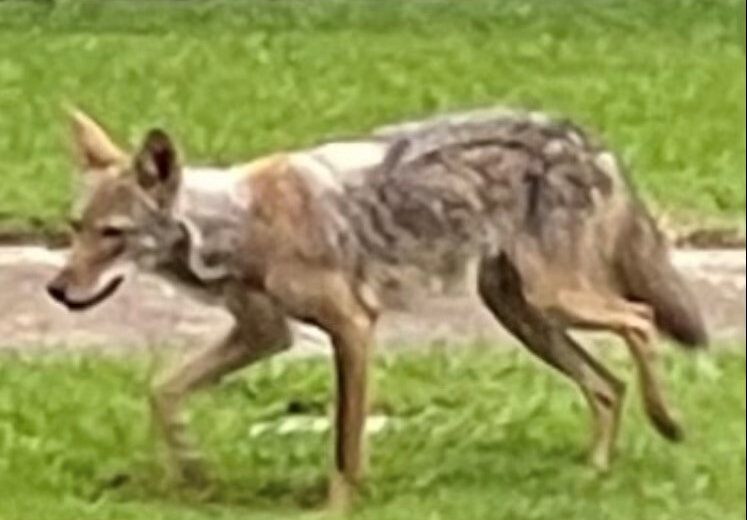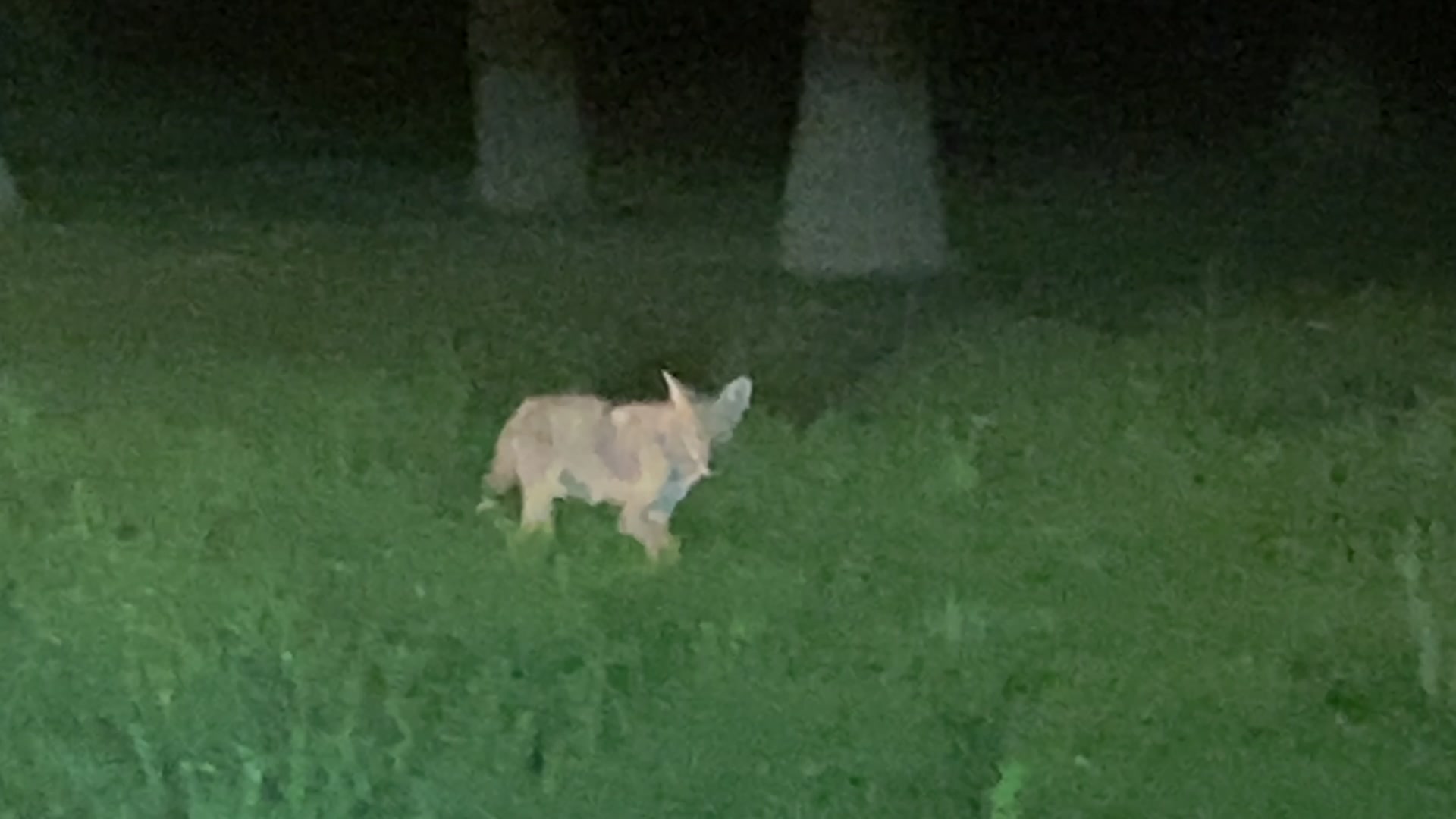On Monday staff members from the city of Dallas, including Dallas Animal Services gave an update on the recently created Coyote Management Plan.
It was unveiled in June as part of the response to upset and concerned neighbors after a coyote severely attacked a two-year-old boy in May who was sitting on his front porch in the White Rock Valley area in Lake Highlands.
Two weeks after the attack, a coyote hotline was set up so people could specifically report sightings. There was criticism after the attack because some neighbors said they reported to the city about an aggressive coyote in the same area.
In a presentation that outlined what was addressed in the updates on Monday, so far the coyote hotline has received more than 800 calls within Dallas. More than 50 calls were received from outside of Dallas.
Get DFW local news, weather forecasts and entertainment stories to your inbox. Sign up for NBC DFW newsletters.
The city has said the goal of the Coyote Management Plan is to have "standardized guidelines on the levels of coyote behavior," along with "information on coyote behavior management techniques," and a "clear program from reducing human-coyote conflicts that prioritizes human safety."
Four coyotes have been removed since the incident, and they all tested negative for rabies.
Part of the update will also include what the city has done in regard to the coyote response, including holding several neighborhood meetings in Districts 10,12 and 14.
NBC DFW
Community outreach includes signage for areas that have had sightings and describes what to look out for when it comes to behavior.
Based on literature from The Humane Society of the United States, the city addresses using lethal control as a last resort because:
"Lethal control programs may seem like a quick fix to problems among coyotes, people, and pets. However, implementing lethal control makes it challenging to ensure that problem-causing
coyotes(s) will be the ones located and killed. Coyote removal programs are costly and
controversial among the public. Research has shown that coyotes exhibit a "rebound effect" a surge in their reproductive rates) when lethally controlled, allowing for quick regeneration of their population numbers. The disruption of their family group structure leads to an increase in the number of females breeding in the population."
The city said it is also actively working on a website, which is part of phase 2 of the 'Coyote Management Plan' to have an online mapping tool for sightings. It would also have the ability to report sightings online.
It's also looking to propose an 'anti-feeding ordinance', which is currently under review by the City Attorney's Office, to prevent people from intentionally feeding or making food available for animals. The drafted ordinance, which is pending final approval according to the presentation, said if it creates a danger to public health or safety, destroys property, causes more than ten adult animals to congregate at one location or the same time, or attracts interactions of wildlife with humans, this would all be grounds for possibly violated the ordinance.
It still has several hoops to jump through, including community input and presentation to a full council.
When giving an explanation as to the behaviors of the Coyotes back in the Spring, some residents were not happy and thought the city was blaming the neighborhood.
The city’s urban biologist, said when he got to the scene of the attack in May, three residents told him some people in the neighborhood would hand-feed coyotes.
“I wasn’t trying to blame anybody, but when you see these incidents, nearly every time there is a feeding issue,” said wildlife biologist Brett Johnson. “Whether it’s intentional or unintentional.”
Wildlife authorities provided NBC 5 with a home surveillance video that shows a coyote in the vicinity strolling up to a front door and snatching a bag of food that had been delivered and left on the doorstep.
The animal was seen running away with the food. This is "unintentional feeding," he said.
Another example of unintentional feeding would be leaving your trash out overnight, feeding outdoor cats and having overflowing birdfeeders.
Even a bag of chips that fell out of a car can serve as a source of food that attracts wild animals.
Residents are encouraged to call 469-676-9813 to report coyote sightings or go online for more information.




